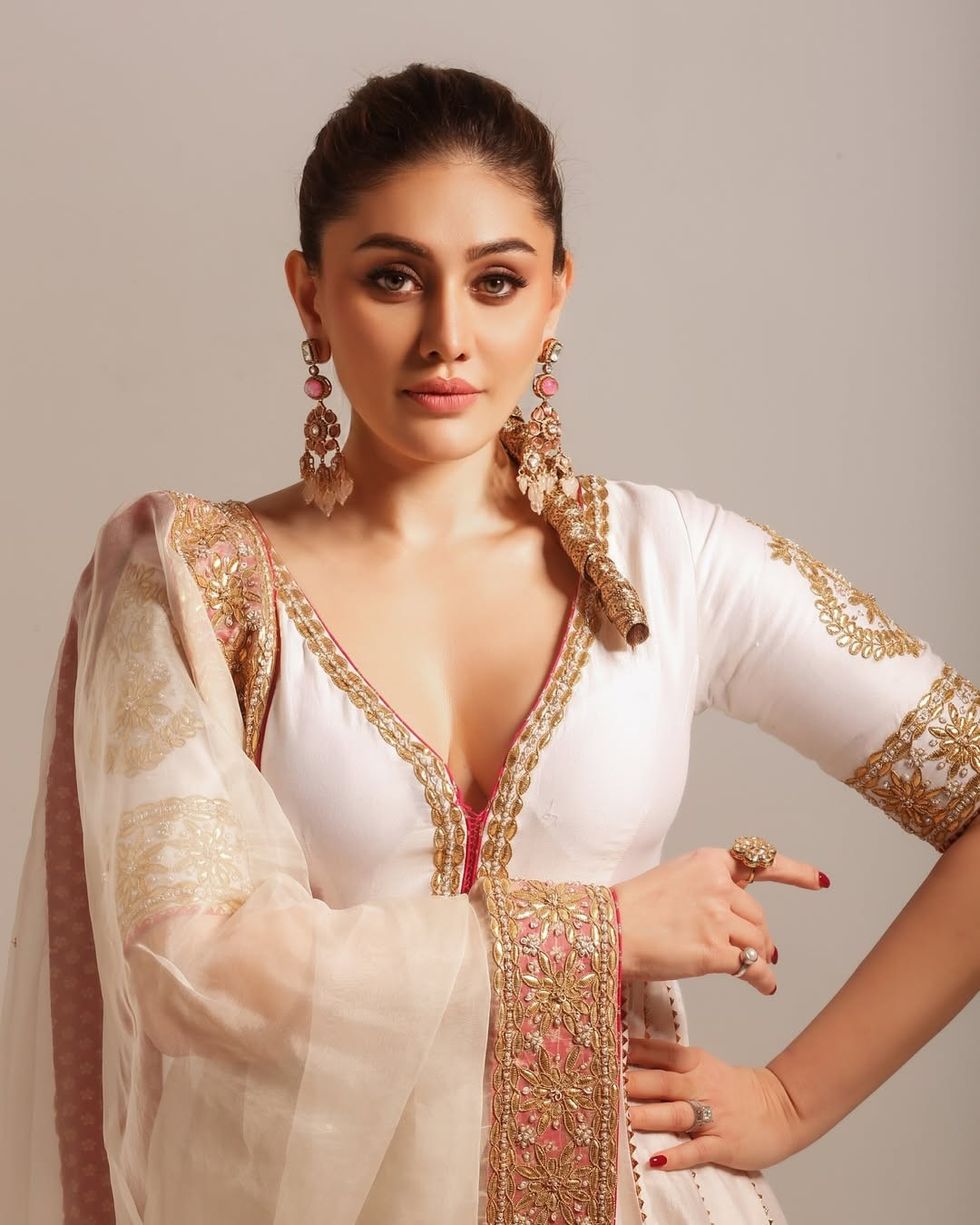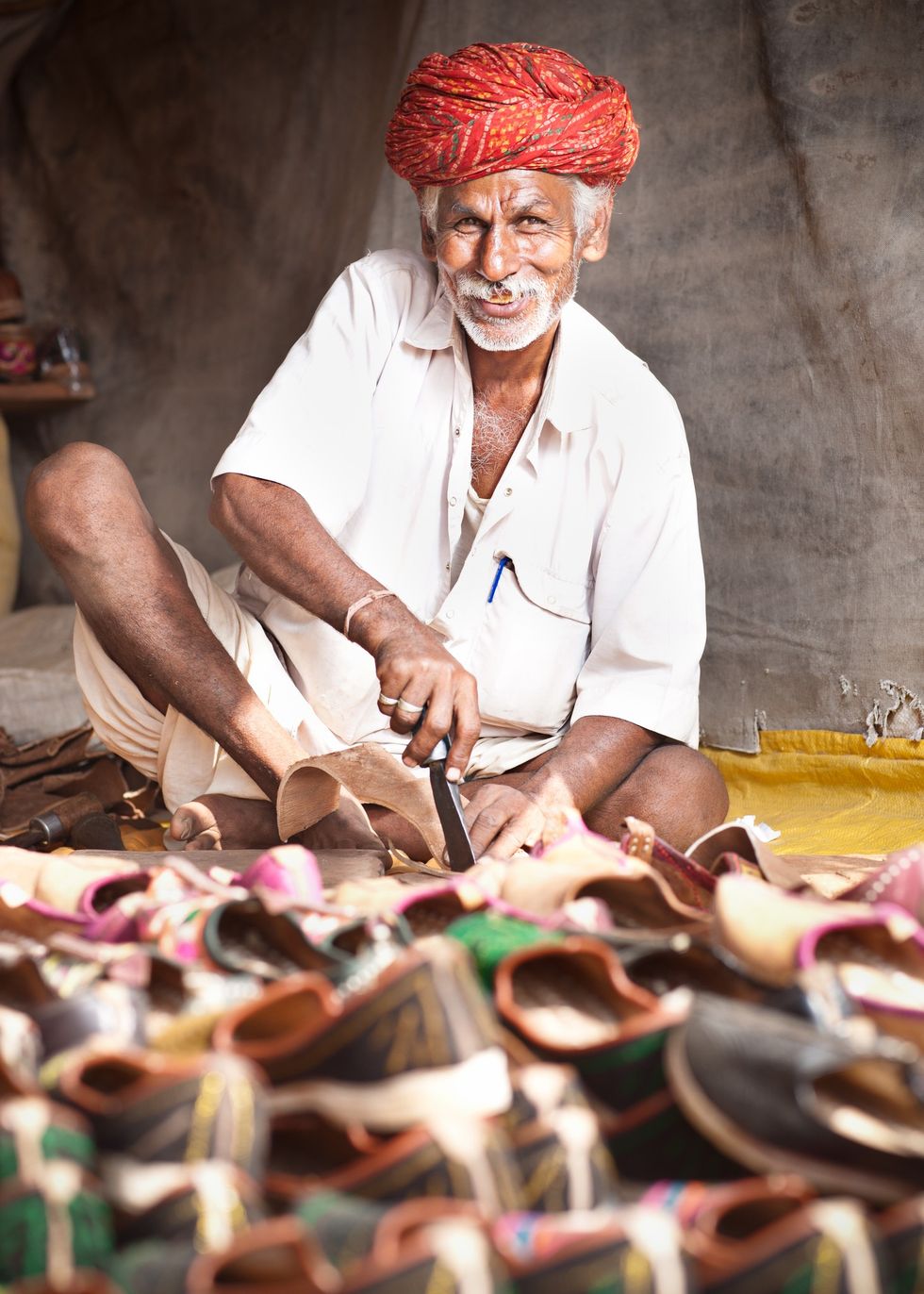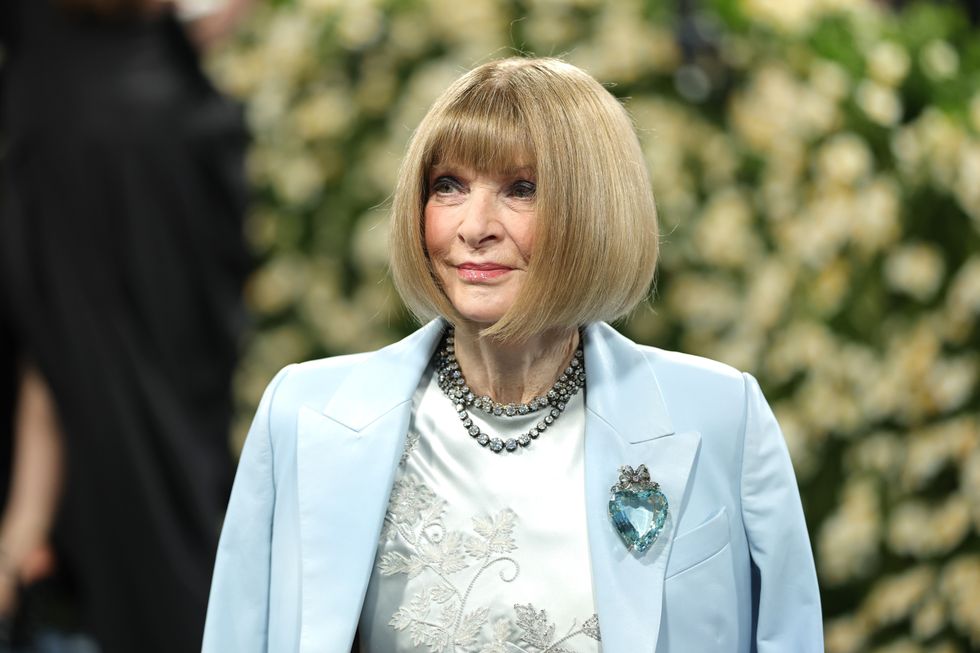A common gut bacteria found in two-thirds of the world's population may be linked to an increased risk of Alzheimer's disease, a new study has found.
The study, published in Alzheimer's & Dementia: The Journal of the Alzheimer's Association, investigated whether a clinically apparent Helicobacter pylori (H pylori) infection increased the risk of Alzheimer's disease in people aged 50 and older.
The prevalent infection can trigger indigestion, gastritis, ulcers, and even stomach cancer.
A team of McGill University researchers analysed the health data of over 4 million people in the UK aged 50 and above between 1988 and 2019.
It found that people with symptomatic H. pylori infection had an 11 per cent higher risk of developing Alzheimer's disease, the most common type of dementia.
While the cause of Alzheimer's disease is multifaceted, the findings build upon a growing body of evidence on the potential role of infections, particularly H Pylori, in its development.
The study opens avenues for future research, particularly exploring whether eradicating this bacterium could effectively prevent Alzheimer's disease in some people.
Alzheimer's disease affects millions of people globally, with numbers expected to rise sharply as demographics shift, say researchers.
"Given the global ageing population, dementia numbers are expected to triple in the next 40 years. However, there remains a lack of effective treatment options for this disease," said Dr Paul Brassard, the study's senior author and a Professor in McGill's Department of Medicine.
"We hope the findings from this investigation will provide insight on the potential role of H pylori in dementia in order to inform the development of prevention strategies, such as individualised eradication programmes, to reduce infections at the population level," said Dr Brassard, a public health and preventive medicine physician at the McGill University Health Centre.
(ANI)






 Shefali Jariwala death raises concern over anti ageing drugs and self medication Instagram/shefalijariwala
Shefali Jariwala death raises concern over anti ageing drugs and self medication Instagram/shefalijariwala  Anti ageing pills found at Shefali Jariwala home spark health safety debate Instagram/shefalijariwala
Anti ageing pills found at Shefali Jariwala home spark health safety debate Instagram/shefalijariwala 








 Prada confirms Kolhapuri chappals inspired its 2026 Milan collectionInstagram/
Prada confirms Kolhapuri chappals inspired its 2026 Milan collectionInstagram/ Kolhapuri chappals have been crafted for centuries and received GI tag in 2019 iStock
Kolhapuri chappals have been crafted for centuries and received GI tag in 2019 iStock 
 Wintour also became synonymous with the Met GalaGetty Images
Wintour also became synonymous with the Met GalaGetty Images
